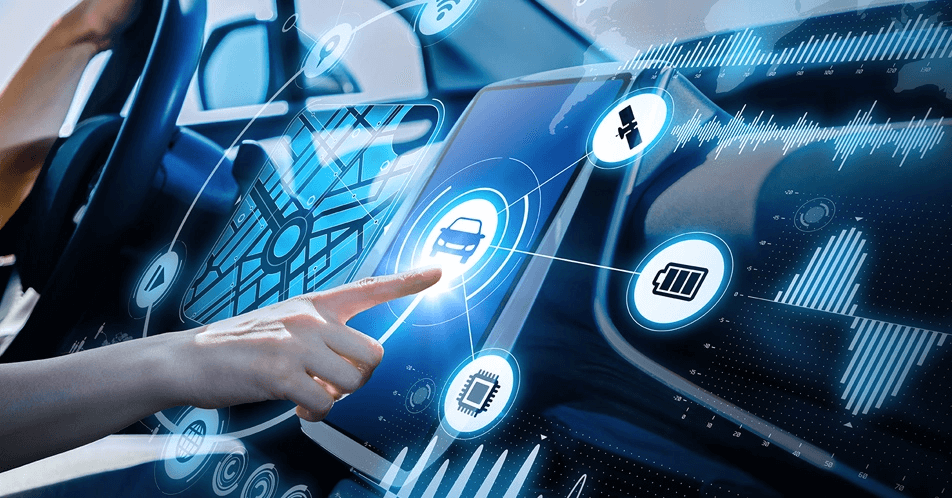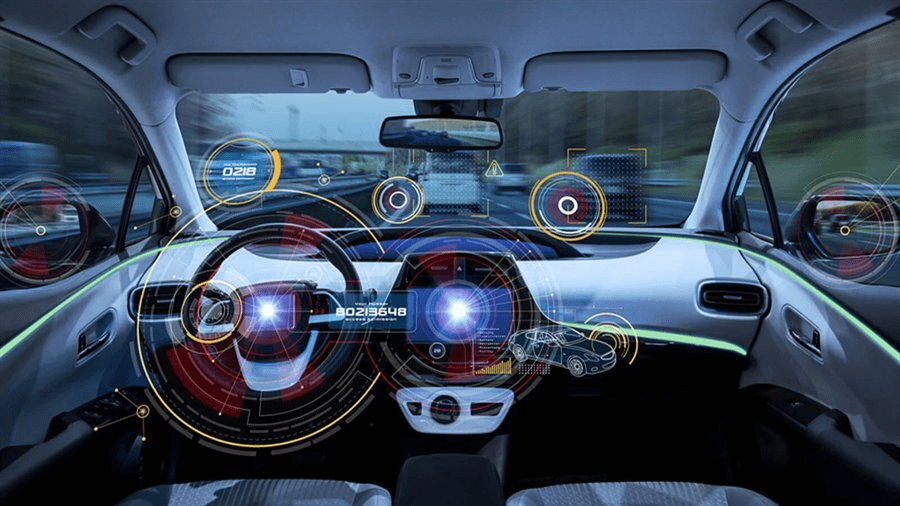
Every contemporary business area is being affected by technology, and the automobile sector is no different. When it comes to web Вesign and automotive branding however, there are a few things that are always going to be relevant: the rise of electric cars, better digital experiences for customers, etc. Everything is presently undergoing a digital transition, from the purchasing process to the driving experience. And it implies that other industries than the auto industry also need to stay current with technology. To remain competitive and fulfill consumer expectations, each business connected to the automotive sector must invest in innovations.
Quick Product Searches
Large product catalogs on e-commerce websites are necessary to ensure that users can locate what they’re looking for as soon as possible. The finest auto supply websites, which offer tens of thousands of parts, have all figured out how to do effective product searches, so this is not a surprise. The slickness we find on more consumer-friendly automobile websites tends to be rejected by sites like this. Instead, people pick the user interface that will accomplish their goals the fastest and easiest.
A seller of car parts does this by prominently displaying not one, but two site search capabilities. If users are certain of what they’re searching for, they may input their search straight. If they don’t, they may utilize the drop-down menu to enter the make and model of their car so the website can assist them in limiting their possibilities.
3D Modeling
The creation of fake structures, organs, body parts, and dental models is already done using 3D printers. Why not include 3D-printed automotive components in your inventory? It helps you to understand how a product will look and feel, which can be difficult to visualize in 2D drawings. You will be able to provide a precise component for specific client demands or you can use it for visualizing your work and making sure that everything fits together perfectly. Automotive software development services can give you advice and guidance, but you can always explore on your own. That will be a special experience for your audience and a fantastic way to engage them in your shop.
The Rise of In-Car Applications
The auto industry will continue to look towards in-vehicle applications to improve the customer experience of driving their automobile since the newest car models are packed with tech. These applications now collect data from the Internet of Things (IoT) and other sources to provide additional services to drivers. Nowadays, the dashboard of a vehicle has live warnings that warn the driver of impending dangers or traffic.
As technology advances, more in-vehicle applications will be accessible to car owners in the future. It’s even possible that app makers may include our favorite applications onto dashboards for automobile users. To properly integrate this into their cars, automakers will carefully follow the app development process. The auto industry has been eager to invest in and use this technology.
Unified Experience
You may provide extra things if you run an eCommerce store for automobile parts and accessories. Can your website’s visitors buy anything there? The key to a unified experience is the ability to seamlessly move between different devices and platforms. This means that your brand must be able to maintain its integrity across all touchpoints, including web, mobile and social media. The user experience should be consistent regardless of whether they are using a phone or desktop computer. The website should be designed in such a way that users can easily scan through content quickly or access specific pages with just one click, no matter if they’re on their mobile device or desktop computer at home or work.
By providing visitors with everything they want in one location—parts, oil, lubricants, service, automobiles, and detailed information about everything—you can attract local clients and increase customer loyalty.

The Popularity of Electric Cars is Rising
Since a few years ago, electric cars (EVs) have been available. Sales of electric cars rose by 108% between 2020 and 2021, and it is anticipated that they will rise even more in 2023, partly as a result of the gasoline issue. In addition, it is anticipated that the cost of electric automobiles will continue to decline over the next couple of years. Numerous manufacturers aim to introduce electric vehicles next year. In the next years, it is anticipated that sales of new cars would consist mostly of electric vehicles.
The popularity of electric cars is rising due to the fact that they have been proven to be more efficient than gas-powered vehicles in many ways: Electric cars produce no harmful emissions (they don’t use fossil fuels) so they’re better for the environment than traditional cars; They can travel farther on one charge than most other vehicles; They’re easier to charge at home or work with an adapter kit (which can take up less space than a gas tank).
If you live in an urban area where there is traffic congestion or bad weather conditions in winter (snow), an electric vehicle might be a good choice for you due to the battery and motor having far fewer moving parts than traditional ICE cars, electric vehicles need less maintenance. They have lower maintenance costs compared to their gas-powered counterparts since they don’t require regular oil changes or other repairs like spark plugs etc. while still providing similar performance levels during normal driving conditions not to mention that if any problems do arise with these parts then replacements can often be purchased directly through Amazon Prime so there’s no need to waste time waiting around at auto shops waiting hours on end just hoping someone knows what they’re doing.
Data Analytics & Big Data
When a vehicle creates huge data, complex data analytics are used to inform the life cycle of the vehicle. the most effective use of the data gathered from the cars for fleet managers to be informed, to contact authorities in case of an accident or emergency, and for predictive maintenance. Predictive analysis may be used by automakers to estimate yearly sales purchases and target output. Consumers notice that it enhances supply chains, improving sales and the design of impending new autos.
Bottom Line
The production process in the automobile sector has been transformed by automated inspections based on artificial intelligence, big data to direct manufacturing, and human-machine interfaces. IoT and machine learning promote the development of autonomous and electrified vehicles. They also make it possible for brand-new business models for shared ownership, safety upgrades, and analytics-driven maintenance.
Samuel Njoroge
Related posts
Stay connected
- How LoveOn Chat Is Becoming the Most Versatile AI Companion for Digital UsersThe internet keeps shifting toward hyper-personal interaction, and AI companions are at the center of this shift. What used to be simple chatbots are now evolving into emotionally aware, adaptive, and multi-functional digital partners. Among the new generation of platforms, LoveOn Chat is becoming one... The post How LoveOn Chat Is Becoming the Most Versatile […]
